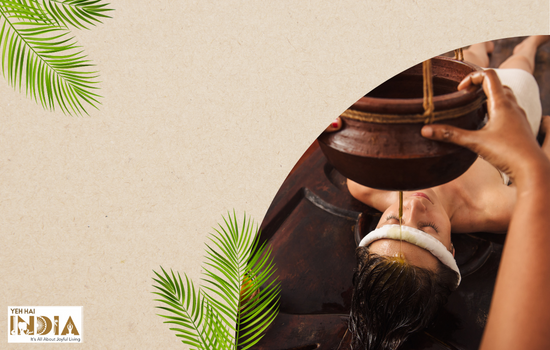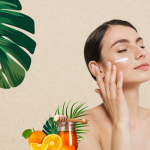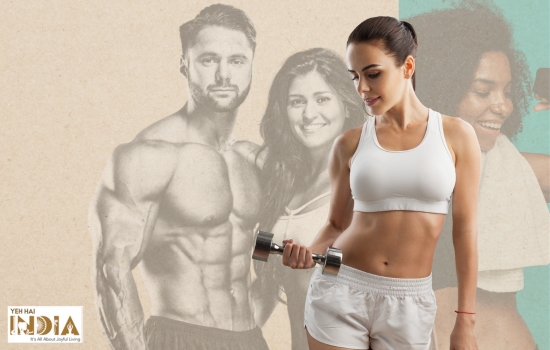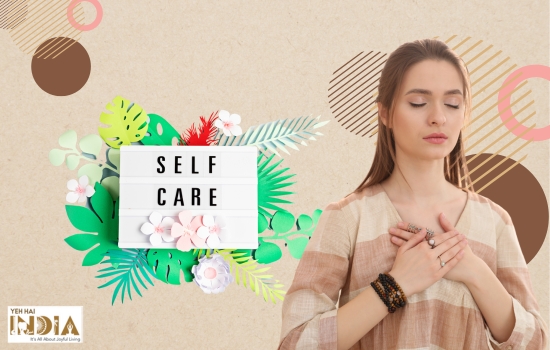A five-step detoxification and healing procedure, Panchkarma has the answer for all your health concerns that keep disturbing you from time to time.
Panchakarma is a traditional Ayurvedic cleansing and rejuvenation therapy that has been used for centuries in India.
The word “Panchakarma” is derived from the two words “panch” meaning five and “karma” meaning actions or treatments.
It is a five-fold therapeutic process that is designed to cleanse the body of toxins, improve digestion, and restore balance to manage the doshas, or body constitution types.
The five therapies included in Panchakarma are:
1. Vamana

This is a therapeutic internal cleansing procedure used to remove excess Kapha from the body.
It is done under the guidance of a trained practitioner, and is typically done after a period of fasting and the administration of herbal medications to induce vomiting.
2. Virechana

This is a purgation therapy used to remove excess Pitta from the body. It is done by administering herbal laxatives or enemas under the guidance of a trained practitioner.
Recommended Story – Powerful And Effective Ayurvedic Treatments And Their Benefits
3. Basti
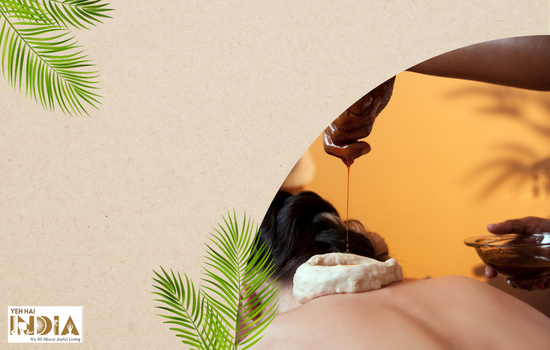
This is an internal cleansing therapy used to eliminate Vata dosha from the body.
It is done by administering warm herbal oils or decoctions as enema under the guidance of a trained practitioner.
4. Nasya
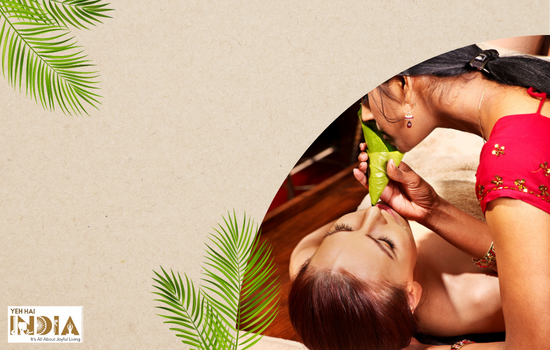
This is a nasal therapy used to clear toxins from the head and neck region. It is done by administering herbal oils or powders through the nose under the guidance of a trained practitioner.
5. Raktamokshana

This is a blood-letting therapy used to remove excess toxins from the bloodstream. It is done by a trained practitioner using a small needle to remove a small amount of blood from the body.
Applications and Procedure
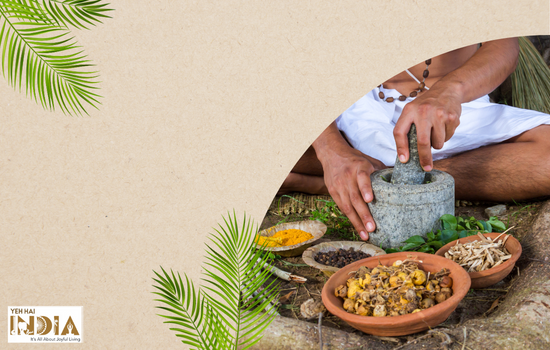
Panchakarma is typically performed as a course of treatment, lasting for several days or even weeks. The treatment is personalized to the individual’s unique constitutional type and the specific health concerns that they are experiencing.
A Panchakarma treatment typically begins with a preliminary consultation with an Ayurvedic practitioner to determine the individual’s constitutional type and specific health concerns.
Before the actual treatment begins, a preparatory phase called Purvakarma is performed. This phase includes a series of therapies such as oil massage and steam therapy that are designed to loosen and remove toxins from the body.
During the treatment phase, the five actions of Panchakarma are performed according to the individual’s needs.
For example, if the individual has excess Kapha, Vamana and Nasya will be done, if they have excess Pitta, Virechana and Raktamokshana will be done and if they have excess Vata, Basti will be done.
After the treatment phase is completed, a phase of post-treatment care called Paschatkarma is done to help the body to adjust to the changes.
Benefits of Panchkarma

Panchakarma is a powerful and effective therapeutic process that can bring numerous benefits to the body and mind. It is designed to remove toxins, or ama, from the body.
This can improve digestion, reduce inflammation, and boost the immune system. Panchakarma can help to improve digestion and metabolism, which can lead to better absorption of nutrients and improved overall health.
It is also designed to balance the doshas, or constitutional types, which can help to reduce symptoms of imbalance and promote overall well-being.
The five therapies of Panchkarma can be effective in treatment of chronic conditions such as arthritis, asthma, and skin disorders. It can also help to reduce stress and promote feelings of relaxation and well-being.
Panchakarma is also believed to have anti-ageing effects and can help to improve the overall health and appearance of the skin.
It also helps to improve the body’s natural ability to fight off illness and disease, by removing toxins. Panchakarma can help to improve mental clarity, focus, and cognitive function.
It can be an effective treatment for a wide range of health concerns, and can help to promote overall well-being and balance in the body. It’s important to consult with an Ayurvedic practitioner to determine if
Why Shouldn’t You Perform Panchkarma at Home?
Panchakarma is a powerful and complex therapeutic process that is best performed under the guidance of a trained Ayurvedic practitioner. There are several reasons why Panchakarma should not be performed at home:
1. Safety concern
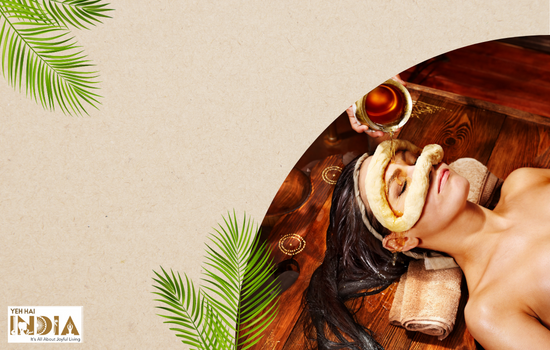
Panchakarma involves the use of herbal medications and procedures that can be potentially dangerous if not performed correctly. A trained practitioner will have the knowledge and experience to ensure that the treatment is performed safely and effectively.
2. Needs specialized approach
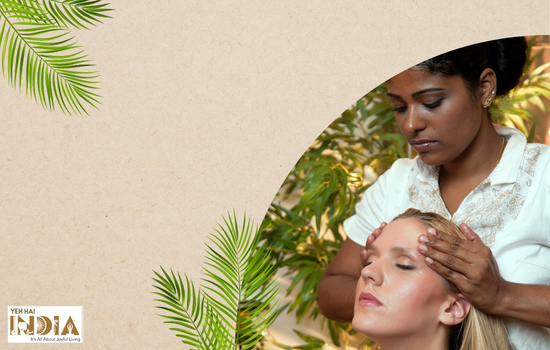
Panchakarma treatments are personalized to the individual’s unique constitutional type and specific health concerns. A trained practitioner will be able to determine the best course of treatment for each individual and ensure that it is done correctly.
3. Inadequate facilities to monitor progress

During Panchakarma treatment, it is important to monitor the individual’s progress and make any necessary adjustments to the treatment plan. A trained practitioner will be able to do this, whereas self-treatment can lead to unknown complications.
4. Inavailability of proper equipment
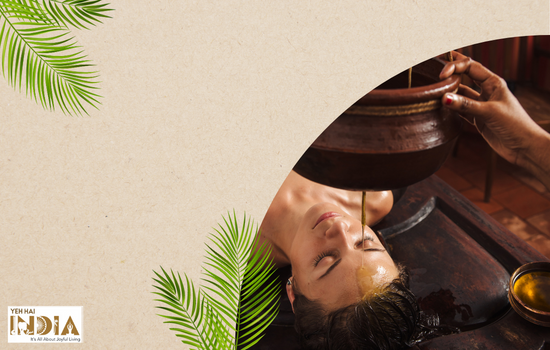
Panchakarma requires specialized equipment and materials that may not be readily available to the average person. A trained practitioner will have access to the necessary equipment and materials to perform the treatment safely and effectively.
5. Lack of expertise
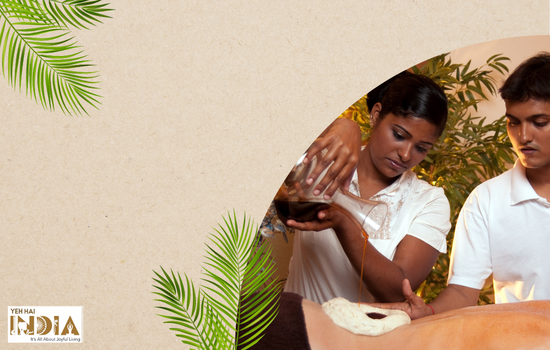
Panchakarma is based on a complex system of traditional Ayurvedic knowledge and techniques that require a high level of expertise and understanding.
A trained practitioner will have the knowledge and expertise to properly perform the treatment and ensure that it is done correctly.
Conclusion:
In conclusion, Panchakarma is a powerful and complex therapeutic process that is best performed under the guidance of a trained Ayurvedic practitioner.
Self-treatment can be dangerous and may not produce the desired results.
It’s important to consult with an Ayurvedic practitioner to determine if Panchakarma is the right treatment for you and ensuring yo get it done in a professional setting for maximum benefits.
Get yourself examined for your particular body needs to reap the benefits of Panchkarma to its full extent as advised by your health care provider and say goodbye to diseases.
Also Read – Ayurvedic Ubtans: The Best Ones You Can Buy For Glowing Skin


